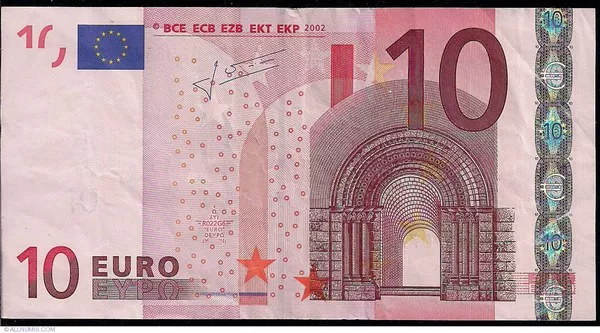When planning an international trip or engaging in foreign business transactions, one essential consideration is currency exchange. For travelers, exchanging US dollars for euros is often a top priority. In this comprehensive guide, we will explore various options available for exchanging currencies and provide valuable insights to help you make informed decisions.
1. Banks and Financial Institutions:
The most traditional and widely recognized method of exchanging currencies is through banks and financial institutions. These establishments offer forex services to their customers, allowing them to convert US dollars into euros. It is advisable to contact your local bank or financial institution in advance to inquire about their exchange rates, fees, and any applicable restrictions or requirements.
2. Currency Exchange Bureaus:
Currency exchange bureaus are specialized establishments that solely focus on converting currencies. They can be found at airports, major tourist areas, and city centers. While convenient, it’s important to compare rates and fees among different bureaus, as they may vary. Also, keep in mind that exchange rates at airports tend to be less favorable due to higher operational costs.
3. Online Currency Exchange Platforms:
In recent years, online currency exchange platforms have gained popularity due to their convenience and competitive rates. These platforms allow users to exchange currencies electronically, providing access to real-time rates. Popular online platforms such as TransferWise, XE, and OFX are trustworthy options that offer competitive exchange rates with lower fees than banks. However, ensure that the platform is reputable, secure, and regulated by relevant authorities.
4. Peer-to-Peer Currency Exchange:
Peer-to-peer currency exchange platforms connect individuals looking to exchange currencies directly. These platforms eliminate intermediaries, potentially leading to more competitive rates. When using peer-to-peer exchanges, exercise caution and verify the authenticity and credibility of the platform and the counterparty before proceeding with the transaction.
5. Prepaid Travel Cards:
Prepaid travel cards are an increasingly popular option for travelers. These cards are preloaded with a specific currency, such as euros, and can be used like a debit or credit card. They offer convenience, security, and the ability to lock in exchange rates in advance. Research different providers, compare fees, and consider factors such as reloading options and accessibility of ATMs accepting the card in your destination.
6. ATM Withdrawals:
If you prefer a more flexible approach, ATM withdrawals in your destination country can be convenient. However, be mindful of potential fees associated with international withdrawals. Check with your bank about partner networks or agreements for reduced fees abroad. Additionally, inform your bank about your travel plans to avoid any issues with your card being blocked due to suspected fraudulent activity.
7. Local Currency Exchanges:
Once you arrive at your destination, you will likely find local currency exchange offices. While these establishments may offer competitive rates, exercise caution and research the reputation and reliability of the exchange office. It is advisable to compare rates among multiple local exchanges before proceeding with a transaction.
Conclusion:
Exchanging US dollars for euros can be accomplished through various channels, each with its own advantages and considerations. The choice of method depends on factors such as convenience, exchange rates, fees, security, and personal preferences. Before making a decision, it is crucial to conduct thorough research, compare rates and fees, and consider the reliability and reputation of the service provider. By doing so, you can optimize your currency exchange experience and ensure that you get the most value for your US dollars when converting them to euros.


